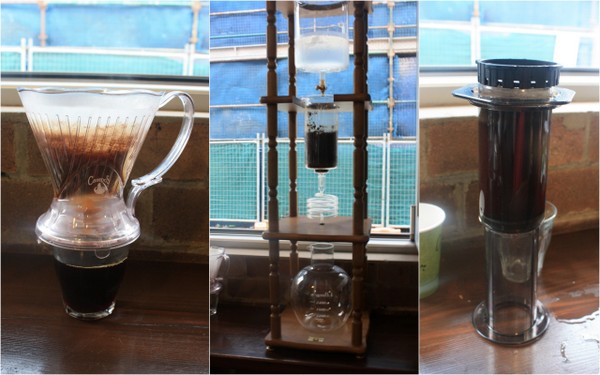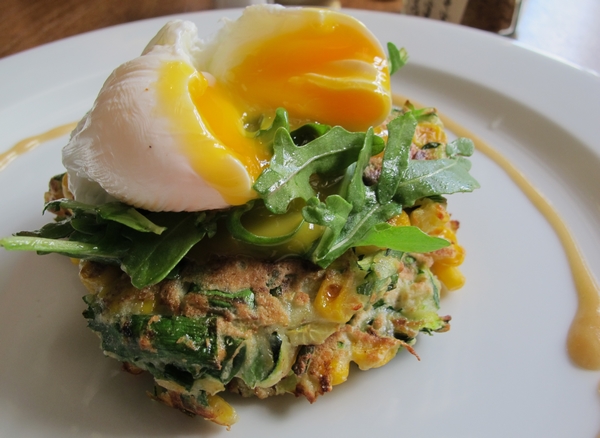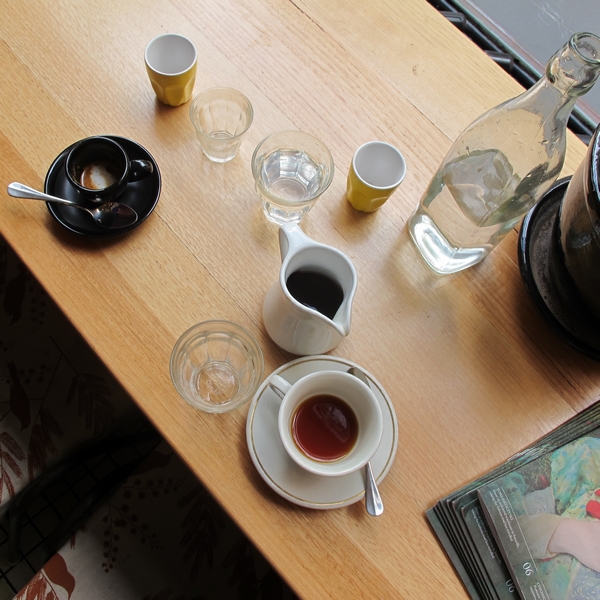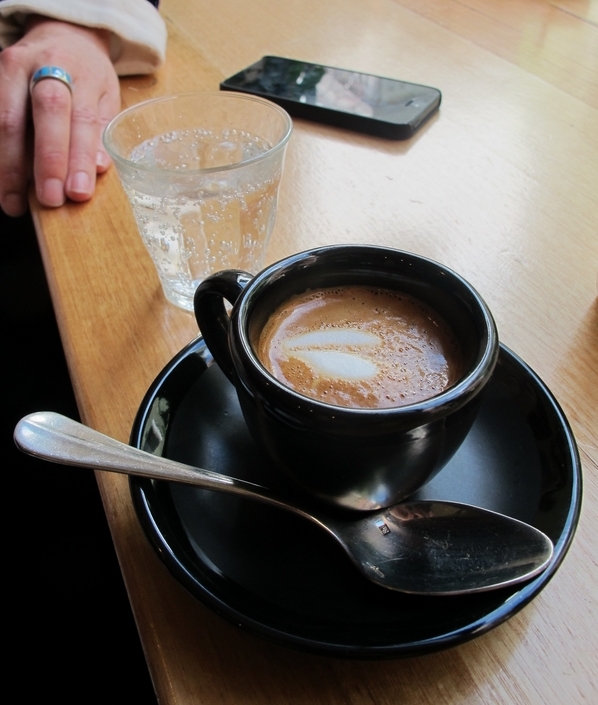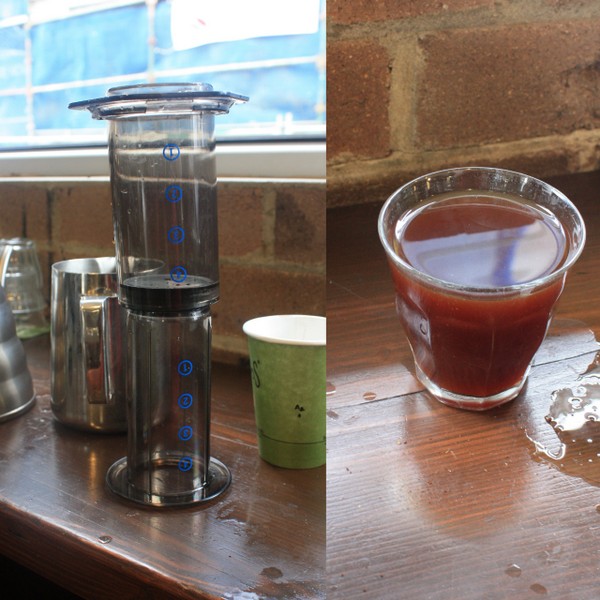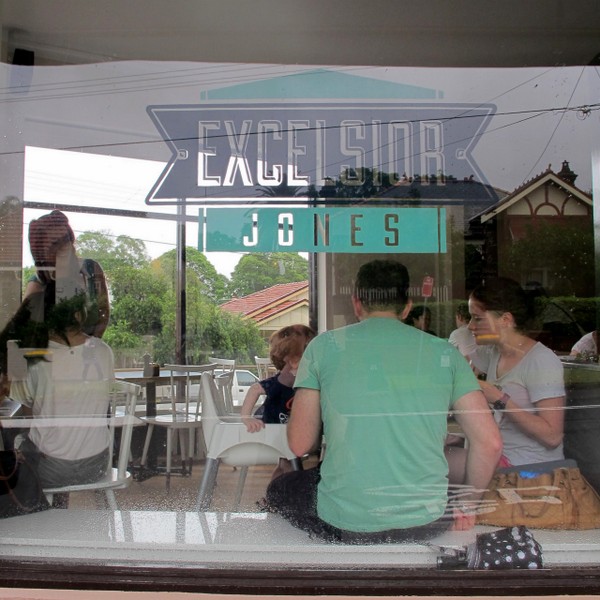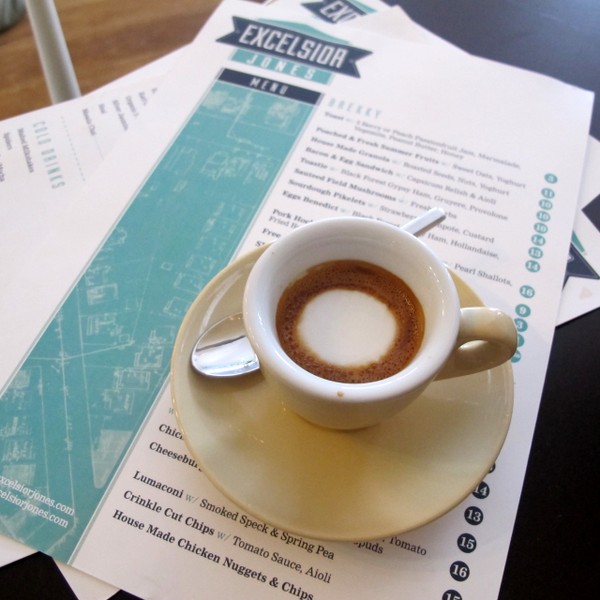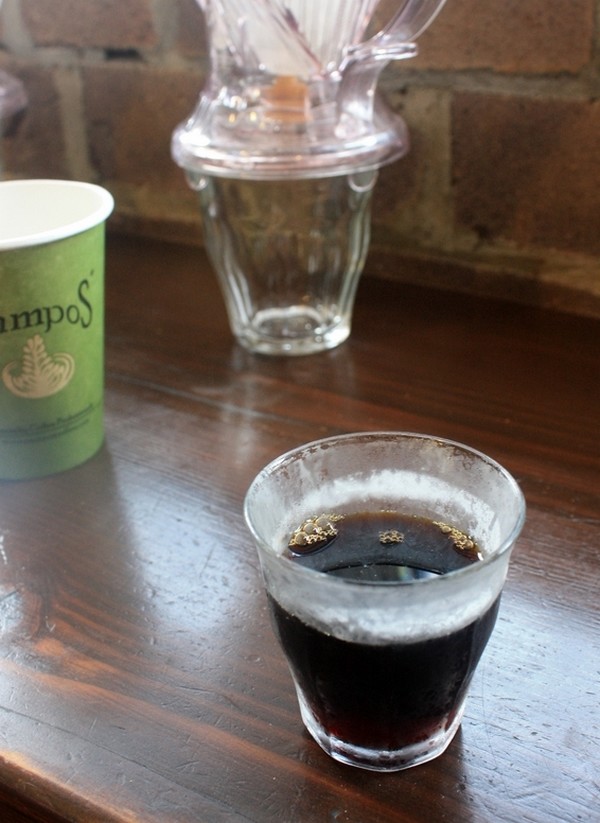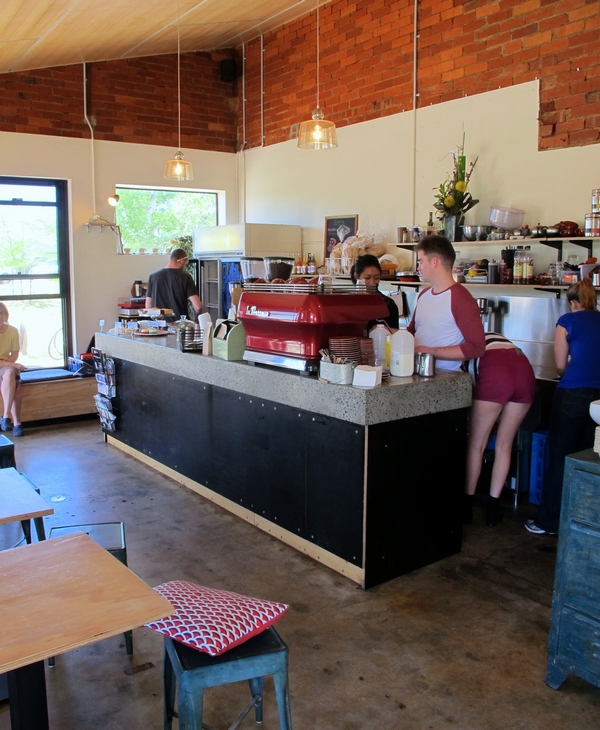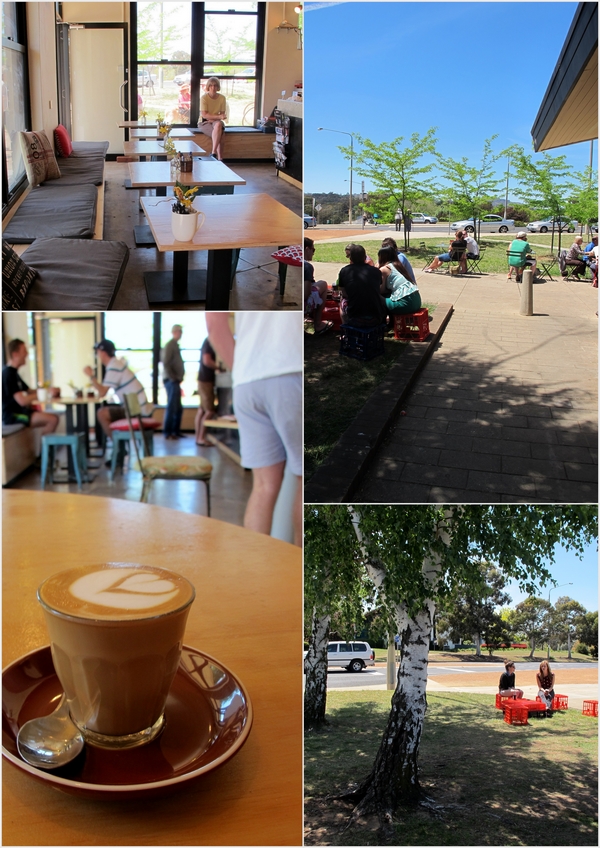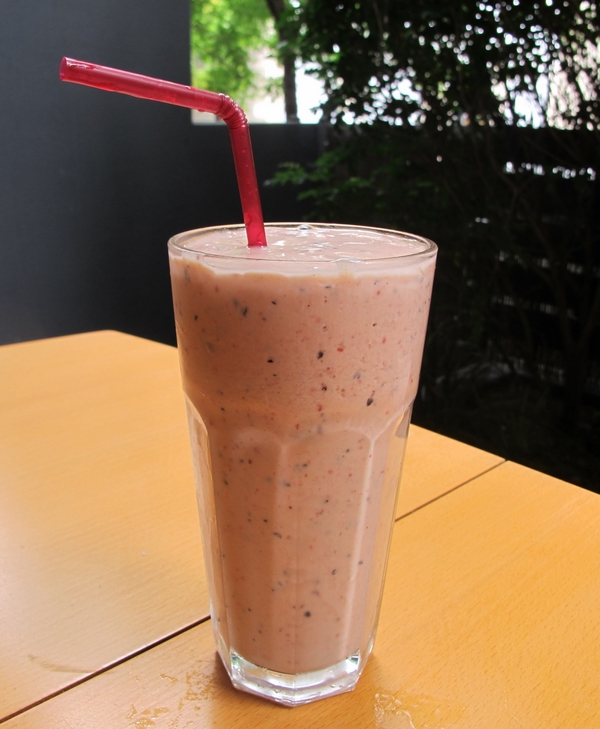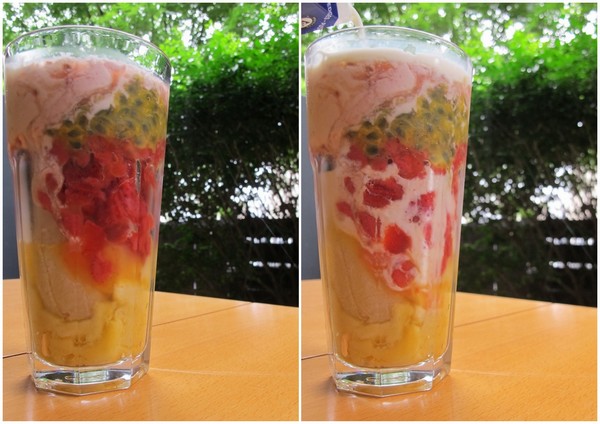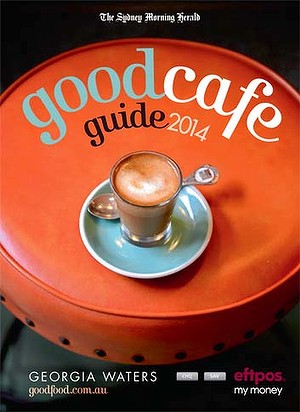Every year I make a pilgrimage to our nation’s capital for The National Multicultural Festival, and every year I am oh so glad I did. This year it ran from the 8th to the 10th of February, and with 50 new stalls added to the lineup, I was curious to see where they’d fit them all…
Manual brewing, alternative brewing, whatever you want to call it, it’s time to give it a go. DIY brewing methods such as aeropress, cold brew, pourover, syphon and their more well-known cousins such as French press and stove top coffee form another frontier in the exploration of coffee flavour. What’s more, they’re portable, cheap and easy to learn.
I don’t often go out for breakfast these days, but when I do, I’m a sucker for a fritter and a good poached egg. Recently, I started trying to replicate the flavour and texture of café-style inch-thick, fluffy fritters in my own kitchen, and the results have been pretty amazing. Here are the 4 ‘fritter truths’ I discovered on my journey to corn fritter heaven.
The last couple of times I was in the Melbourne CBD, I made a beeline for Naked Espresso, a cute and well known place on Little Bourke Street. These guys use naked portafilters for their espresso (hence their name) but they also tick the specialty coffee box with their selection of ‘new brew’ techniques such as aeropress and pourover.
This place is a coffee nerd’s paradise; their blackboards list the day’s brews complete with tasting notes, and they sell enough different beans, gadgets and paraphernalia to keep the caffeine-obsessed happy for yonks. The coffee menu changes often, with appearances from the likes of Market Lane, Axil Coffee Roasters and even Naked’s own house blend. On my most recent visit, there were couple of Market lane single O’s on offer for syphon/pourover/aeropress, the house blend for espresso-based coffees and an Axil single origin as their guest coffee.
In these posts, we look at black coffee – the contraptions, the methods, the how to’s and the why’s. David Ruslie, Campos’ resident black coffee obsessive, walks us through aeropress, cold drip and pourover. He says there’s a growing interest in black coffee, because, sans milk and sugar, it really allows you to explore the flavour profiles of the coffees themselves.
“Coffee appreciation…it’s catching up to wine appreciation. There’s a lot more tasting notes, say with wine you have 200 tasting notes. Well, with coffee, you have 800 tasting notes, it’s really incredible.” David says. Sure, the man or woman on the street doesn’t need to know all 800 to enjoy their ‘new brew’, but it’s handy, he says, to be able to identify which flavours you prefer. You may think you’re not a black coffee drinker, but maybe you just haven’t found the right bean or the right method.
This week David shows us the simplest and most portable of the black coffee methods, aeropress. There are two main ways David uses the aeropress: the ‘normal’ method and the inverted method. In both cases, he advises that you pre-wet the paper filter with a few drops of water beforehand. To be precise, it’s also worth having a digital scale on hand to weigh your coffee and water, but you can also do it by sight.
When it comes to cafes, word of mouth is a very powerful tool. Good word of mouth, before you’ve even opened, allows you to embed you café deep in a suburb, rather than jostling with the rest of the gun baristas for custom on the main drag. Hell, you can even start your own hub of hipness in a post-industrial wasteland.
It also ensures a good mix of truly local customers and those who are willing to really look for their next caffeine hit. A counter intuitive business strategy, but one which has been well established – make your product accessible, but not *too* convenient. Put your small bar down an allyway or behind a suit shop. Plant your flagship Aussie donut store in Penrith. Make your customers hunt around a bit. The rest is history.
So to say that Excelsior Jones is off the beaten path/in an unexpected place/not where you’d think would be a tad misleading. It’s exactly where you’d think- in a suburb crying out for a good café, and I’m betting there’ll be plenty more where this came from.
Over the next month, I look at black coffee – the contraptions, the methods, the how to’s and the why’s. David Ruslie, Campos’ resident black coffee obsessive, walks us through aeropress, cold drip and pourover and explains why he’s so passionate about this back-to-basics approach.
“Australian coffee culture is actually milk coffee culture, and I’m trying to change it,” David tells me. Single-handedly trying to convert us from flat-whites-with-one to siphon/cold drip/aeropress? Not so much, Dave says, but he’s excited to share the precision and hands-on nature of black coffee brewing with me. He kindly offered to walk me through these ‘third wave’ or ‘fourth wave’ (whatever it is we’re up to now) methods. We’re going to start with the chemistry lab setup that is cold drip.
David explains that there are two basic methods of coffee making- immersion and percolation, and cold drip is full percolation. This method involves steeping fresh, coarse coffee grounds at room temperature over time, usually around 12 hours. This results in an extremely caffeinated, low acidity, sweet-tasting cold coffee, and a brew that non-espresso drinkers often warm to. ‘It doesn’t actually taste like coffee.’ says David, which is a good way of explaining the flavour- bright, mild and tea-like.
I fear that Canberra, much like Sydney, is in serious danger of burning through its allocation of milk crates. Not because of the popularity of milk, but rather because they serve as seating for the crop of on-trend cafés popping up in old (but not in a retro way) shopfronts all over town. I love/hate this trend for numerous reasons. Milk crates are fine to sit on (with cushioning); they serve as a signal to customers, ‘take this coffee joint seriously’. But while they look incidental, in an ‘oh we were just SO BUSY making GROUNDBREAKING espresso we forgot to buy chairs!’ kind of a way, they are entirely deliberate. This is why there’s a countrywide shortage. I assume.
Red Brick espresso is no exception. Milk crates are scattered plentifully out the front of this Curtin café, and they’ve taken it to another level with the accompanying tables, made of bread crates. I hope there’s not a delivery guy out Fyshwick way somewhere going broke for lack of crates.
We stand at the counter for a while waiting to order, staff seem a little harried so we wait as they hand out the takeaways. We order coffee and seat ourselves in the unmistakeably Canberran, light-filled and cleverly renovated space, which, as we’re in the southside of Canberra, could’ve been anything in a past life- a house, a pharmacy, or a sex shop – all roads lead to rectangular brick structures. The guys behind the espresso machine look like they know what’s what – they roast their own coffee here, and are well and truly the third wave.
Like many of you who are in the midst of summer right now, I haven’t been cooking much of late. However, I have been getting back into smoothies come breakky time, so I thought I’d share some tips on how to take a glass of blended fruit and milk to something close to perfection.
1. Make your smoothie mostly fruit
There are two reasons for this. Firstly, as someone who isn’t a big fan of fruit unless somebody else has cut it up for me and garnished it with lashings of whipped cream, this is a sure fire way to get a big serve of multiple fruits in one go, without losing out on fibre as you do when juicing. Secondly, because milk isn’t the main ingredient, those who are lactose sensitive/intolerant or like to avoid dairy won’t be missing out – you can sub in juice, soy milk, soy yogurt, almond or rice milk, even coconut milk, as long as you chill it first.
2. Fill the glass, not the beaker/blender/food processor
In the past, I was forever getting the quantities (or the ratio of ingredients) wrong when it came to smoothies. I’d whack a bunch of ingredients in the beaker for my stick blender, blend away like mad, topple the lot into my glass and find I’d made too much/not enough/it was too watery. These days, I just fill as many glasses with fruit as needed, top with yogurt or ice cream, and fill to the brim with milk. Pour the glass/es into the blender and viola! The perfect size.
3. Freeze your fruit
This will give you a thickshake or melted ice cream consistency, making the smoothie feel treat-like rather than medicinal. It also means you can save your fruit before it goes strange by chopping, portioning and freezing it ready for smoothies. Your smoothie will be cold, delicious, and so thick you could eat it with a spoon. In fact, if you pop it in the freezer for half an hour you could even serve it as dessert.
4. Use 4 fruits or less
In the smoothie pictured, I have fresh mango, half a frozen banana, frozen strawberry pieces and the pulp of two passionfruit. I’ve noticed keeping things to 4 fruits or less gives a cleaner taste. Also, one of the strongest flavours in the smoothie is banana, which makes sense because bananas are one of the sweetest fruits you can buy, so I never put in more than half a banana unless I want that to be the only flavour. The worst smoothies I’ve had don’t taste like anything in particular because there are so many kinds of fruit in there that no one flavour stands out. So whatever your fave fruit is, go heavy on that.
5. Use a straw
Ok, so this is just a personal preference of mine, but doesn’t life just feel that much more luxurious when you’re sipping your drink through a straw? I’m not saying you’ll feel like you’re on a northern Brazillian beach or anything, but a straw can’t hurt. Hell, why not chuck in a cocktail umbrella for good measure.
What’s your fave smoothie recipe?
This week, I will donate the money I would’ve wasted on eating my way out of boredom to Foodbank. This week, my household will donate $449. Add $70 to that and you get the amount on money we spent on food the week before. And not only that, that is $100 MORE than we donated last year.
I just want to say a massive thankyou to everyone who blogged, tweeted, commented and participated in the $35 Challenge this year. The Challenge is all about raising money, raising awareness, and raising hope that perhaps, some day soon, there won’t be so many Australians for whom the next meal will be from a charity, serverely nutrionally deficient or no meal at all.
About me
 Sharing easy recipes, hunting down the best coffee. Honest accounts, nothing too serious. Read more...
Sharing easy recipes, hunting down the best coffee. Honest accounts, nothing too serious. Read more...Recent Posts
- Aerpress means no more shit #travelcoffee and #workcoffee
- Why I write and four ace bloggers who do it better
- The five best things I ate in London
- Shoreditch is awesome, airports are not
- I quit sugar? Do I bollocks.
- Cubao Street Food, Alexandria
- The Reformatory Caffeine Lab, Surry Hills
- Brewtown Newtown
- Stay caffeinated over Christmas
- Gumption by Coffee Alchemy, Sydney CBD
Popular posts this month…
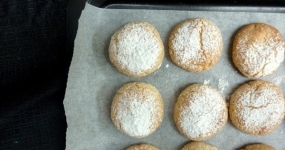 Amaretti – The no-fuss treat posted on November 18, 2010
Amaretti – The no-fuss treat posted on November 18, 2010 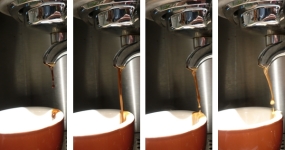 5 tips for perfect espresso posted on November 23, 2010
5 tips for perfect espresso posted on November 23, 2010 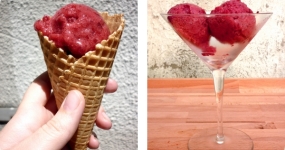 Boysenberry Banana Sorbet posted on November 26, 2010
Boysenberry Banana Sorbet posted on November 26, 2010 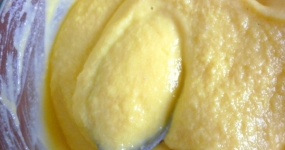 Rich Portuguese Custard posted on November 29, 2010
Rich Portuguese Custard posted on November 29, 2010 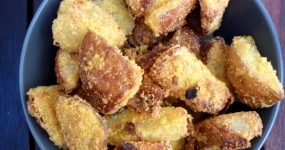 Desert Island Potatos posted on December 3, 2010
Desert Island Potatos posted on December 3, 2010 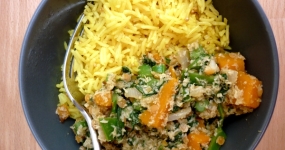 Sri Lankan Spinach with Coconut posted on December 10, 2010
Sri Lankan Spinach with Coconut posted on December 10, 2010 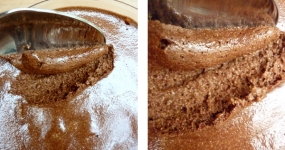 Mousse Chocolate and other peoples’ families posted on December 15, 2010
Mousse Chocolate and other peoples’ families posted on December 15, 2010 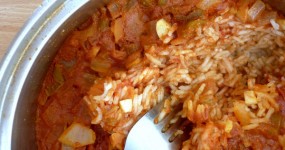 The quest for Mex part 1 – Mexican Red Rice posted on December 17, 2010
The quest for Mex part 1 – Mexican Red Rice posted on December 17, 2010
Disclaimer:
All opinions in this blog are mine, an everyday, real-life person. I do not accept payment for reviews and nor do I write sponsored posts. I do not endorse the content of the comments herein.


